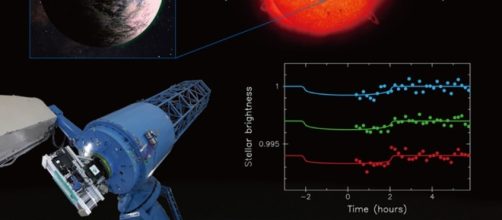Scientists at the University Of Exeter in the United Kingdom have conducted a research that has discovered that the planet Proxima b, which orbits the closest star to Earth has the potential to support Alien Life. Proxima b has been described as a “Second Earth.”
The discovery
NASA discovered this planet back in 2015 and even then it was described as a “Second Earth.” The planet is just 4.25 light years from Earth orbiting the closest star to our solar system. In space, distances of 4.25 light years might be as close as it gets and it makes Stephen Hawking’s dream that humans must colonize a new planet within 100 years to ensure the survival of the species much more relevant.
The space agency initially dismissed the possibility that alien life may exist or be supported on Proxima b because of the host star’s age and the planet’s proximity to it, Proxima b is most probably subjected to torrents of X-ray and extreme ultraviolet radiation from super-flares. However, the research conducted by the scientists at the University of Exeter has found new evidence that reveals that alien life may exist and be supported on the planet.
The research
The research team at the University of Exeter investigated a range of different extreme scenarios for the planet's likely orbital configuration using a set of simulations with the help of a climate modeling software. These scenarios included how the climate would behave if the planet was tidally locked, which occurs when one day is the same length as one year, as well as looking at how an orbit similar to Mercury’s, that rotates three times on its axis for every two orbits around the sun, would affect the environment.
The result was that they were able to determine that life can be supported.
The overall results are in agreement with previous studies in suggesting Proxima Centauri B may well have surface temperatures conducive to the presence of liquid water. The existence of liquid water is vital for life as we know it to exist. The most shocking thing about the discovery is that the planet is relatively close to Earth and as technology progresses, it is possible that humanity will go there in the near future.
Colonization of other planets
During the past 2 years, NASA has made some very important discoveries of planets where alien life may exist. Two recent examples are Cassimi’s discovery of strong evidence of alien life on Saturn’s moons and the discovery of “Warm Neptune” where alien life may also exist.
Additionally, NASA is preparing a manned mission to Mars that may be the beginning of the colonization of other planets since, according to scientists like Stephen Hawking, this has to be done in stages by colonizing planets that are closer to Earth and using them as stations to move and colonize planets that are not so close.


